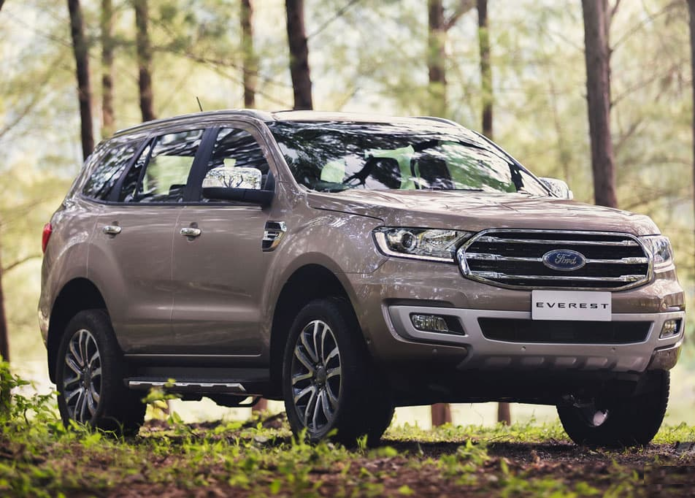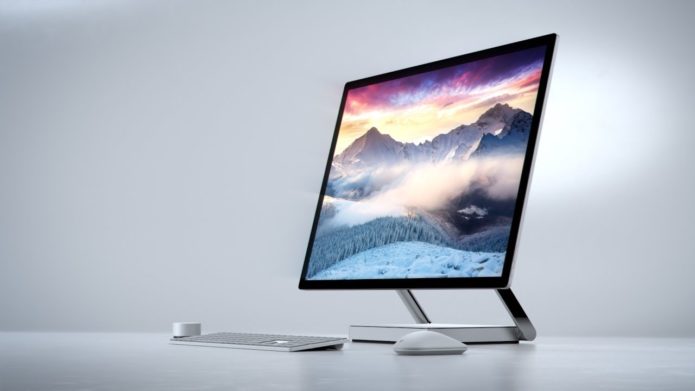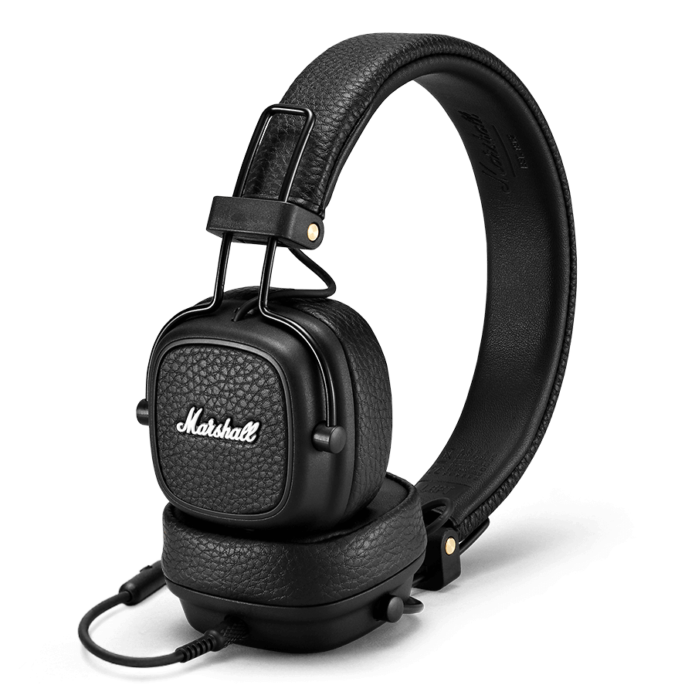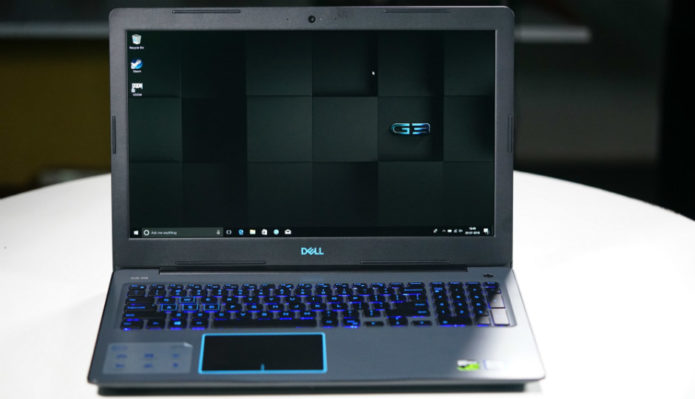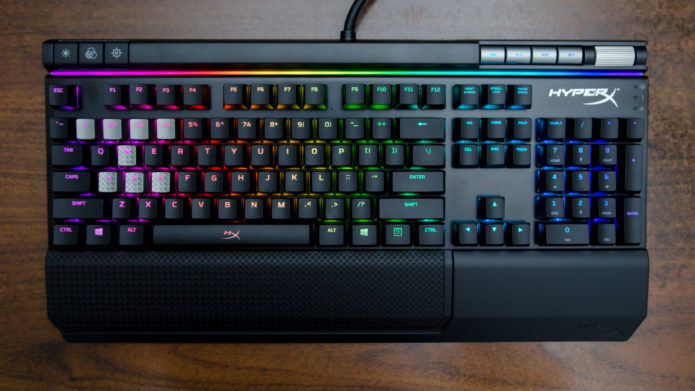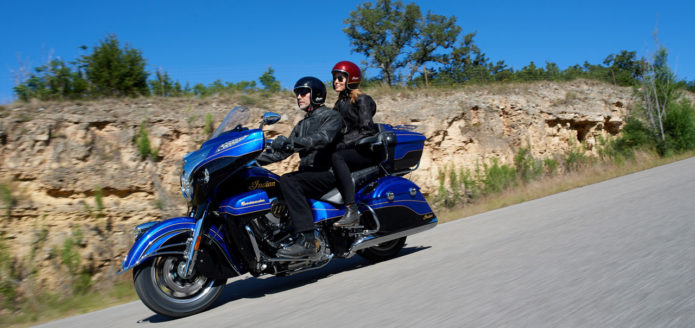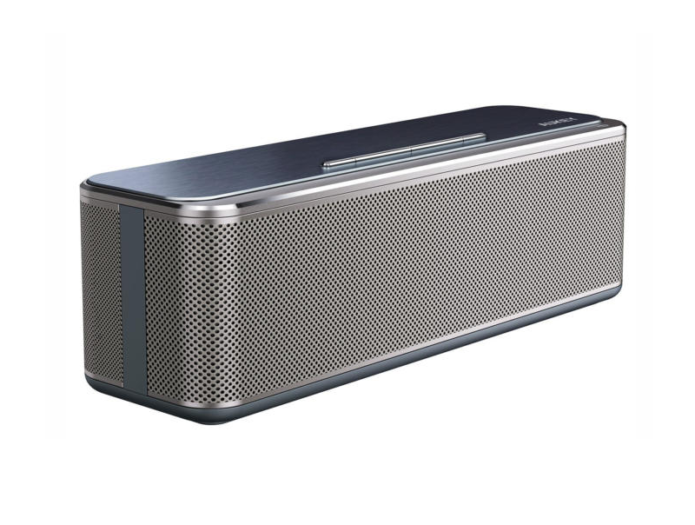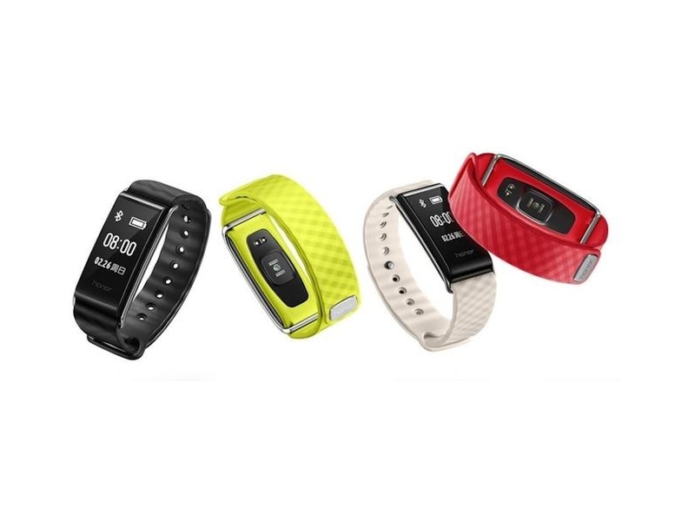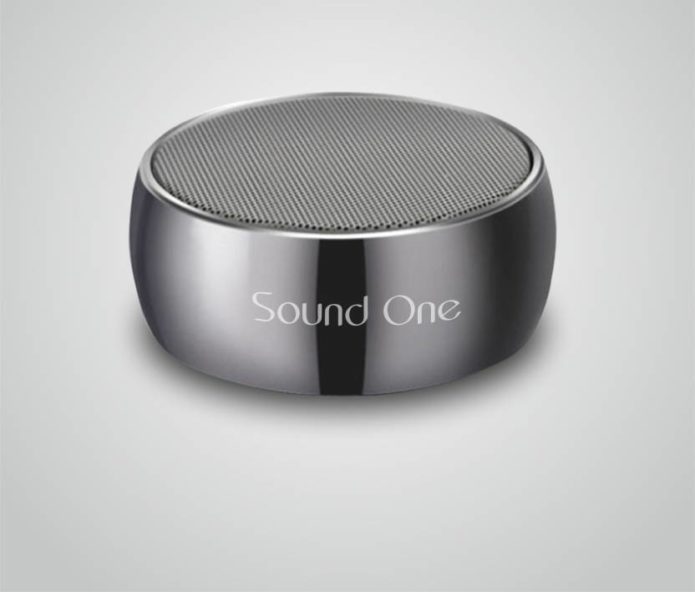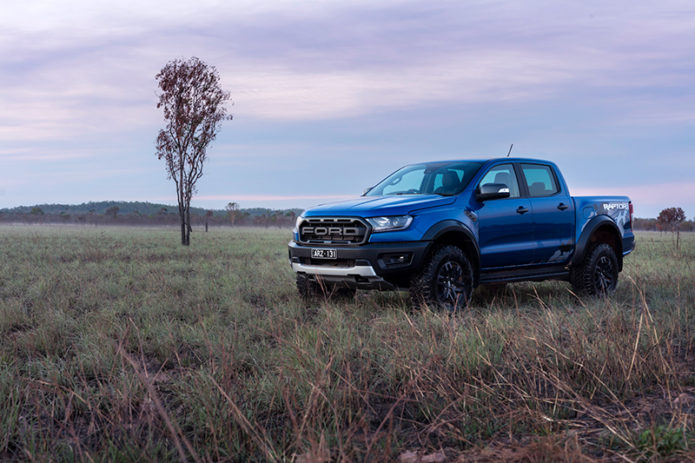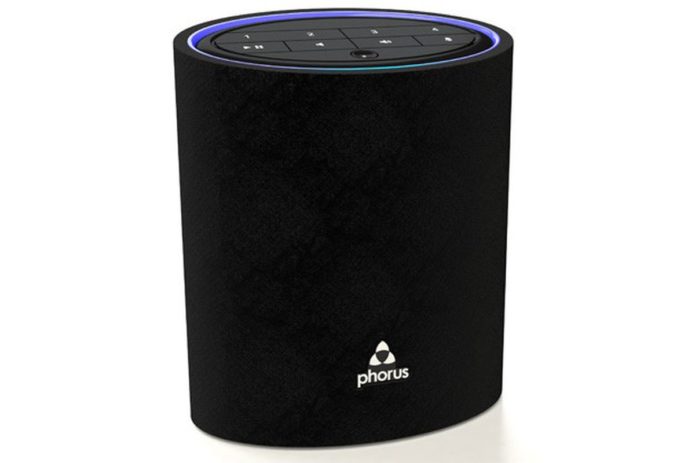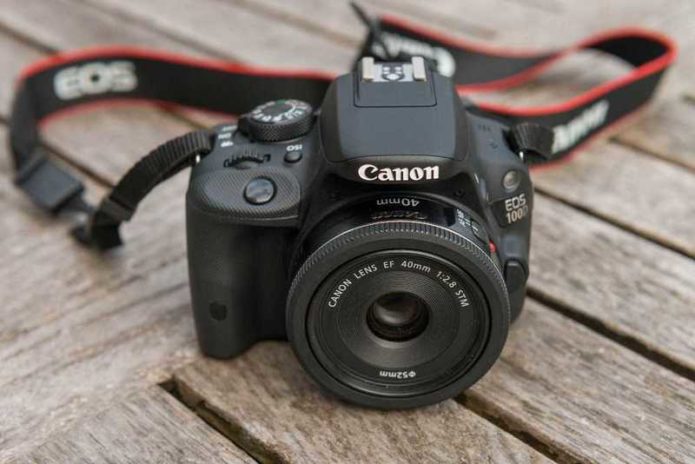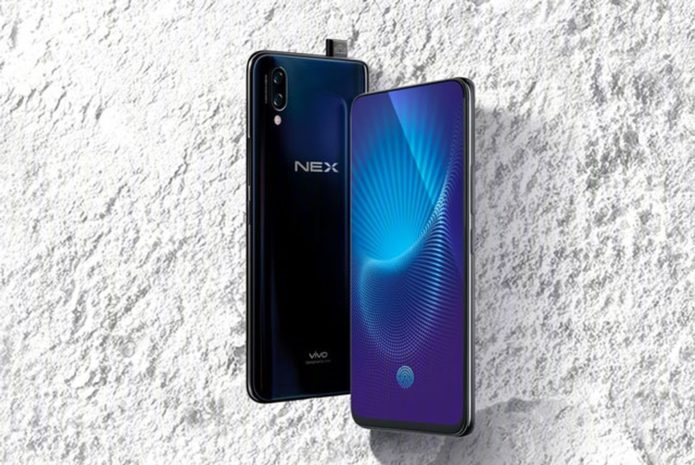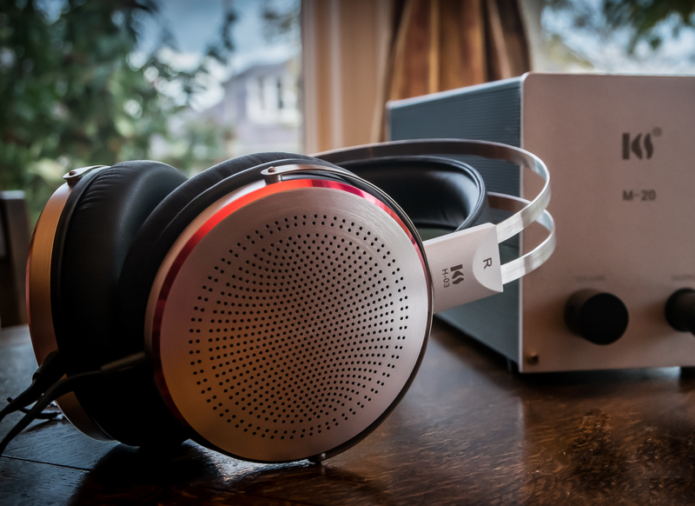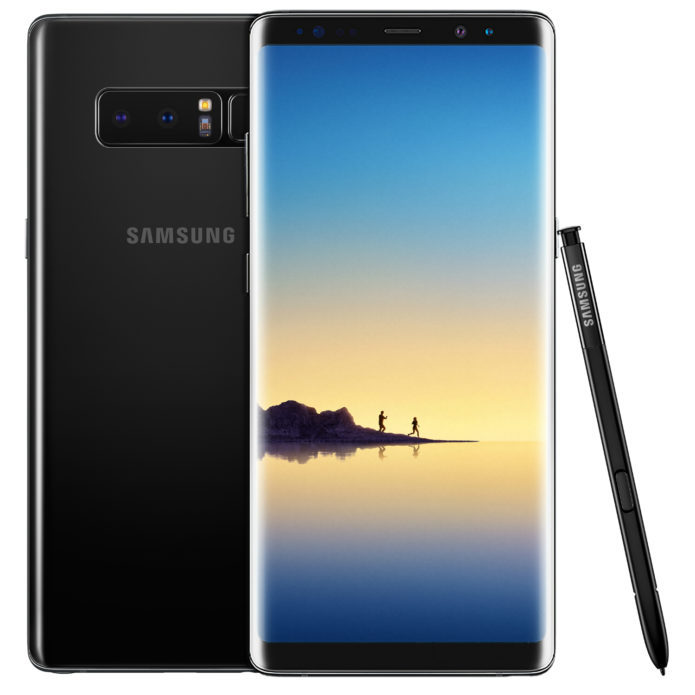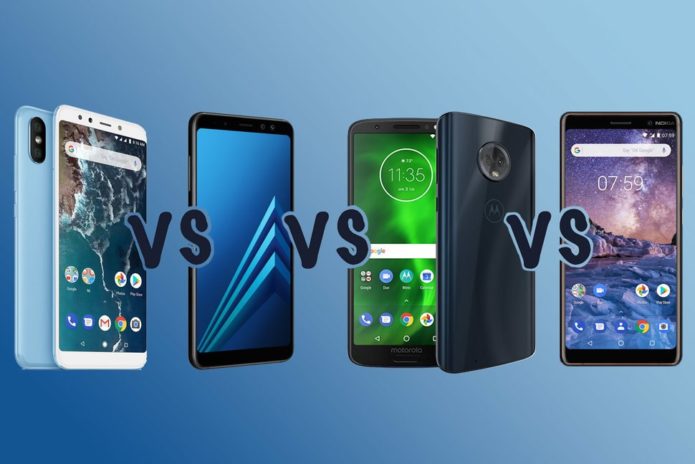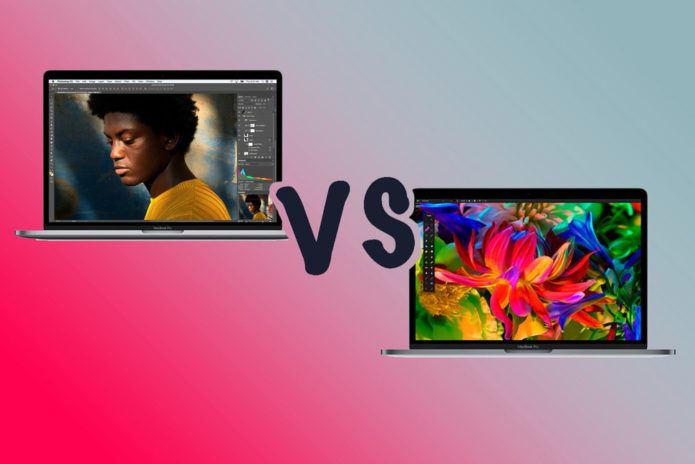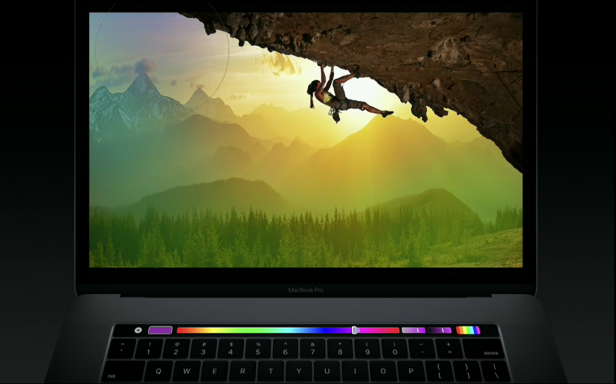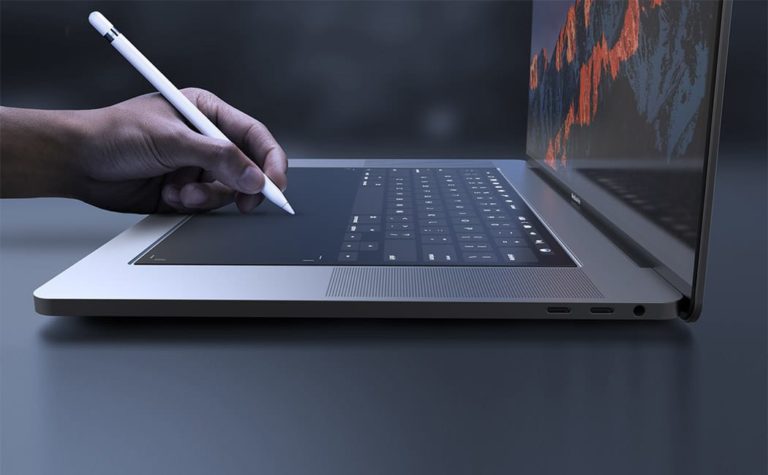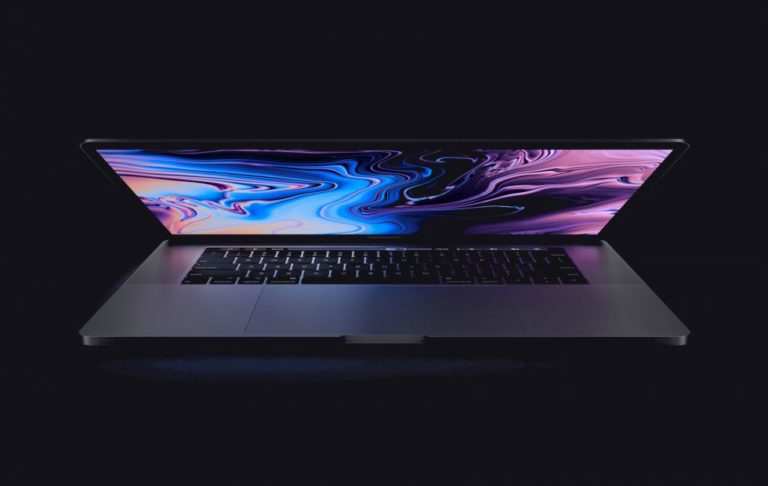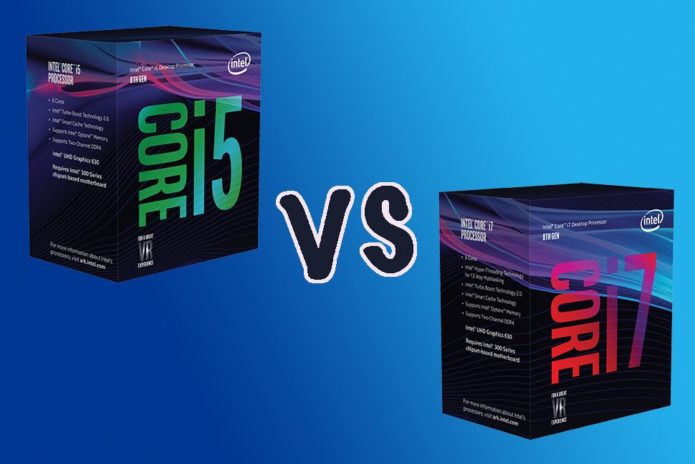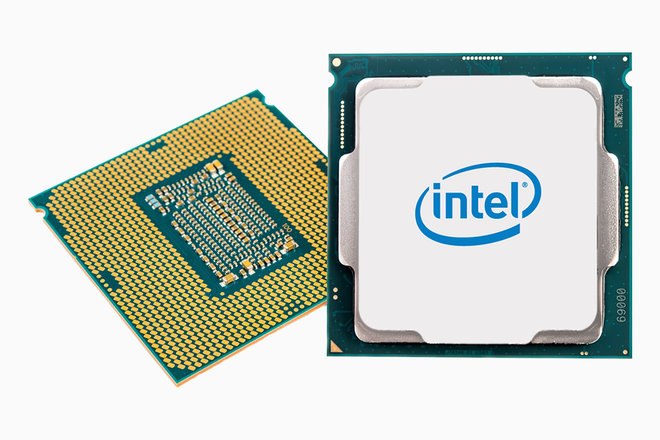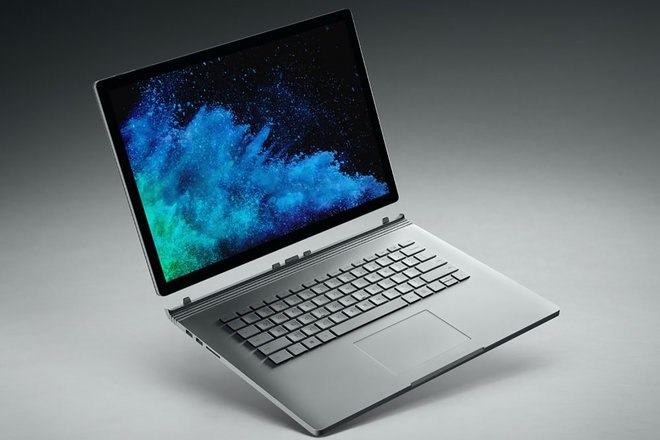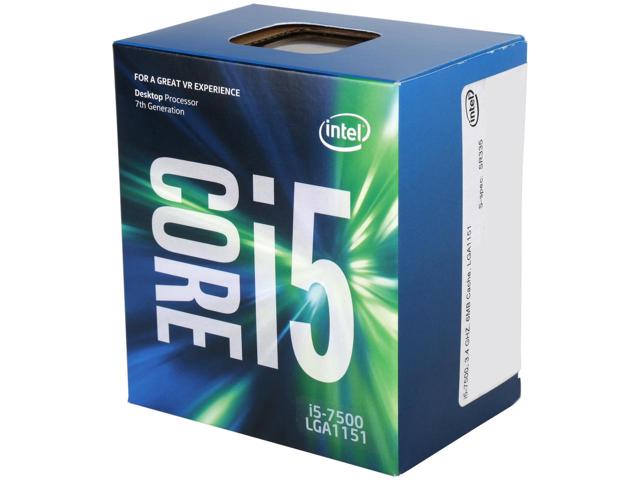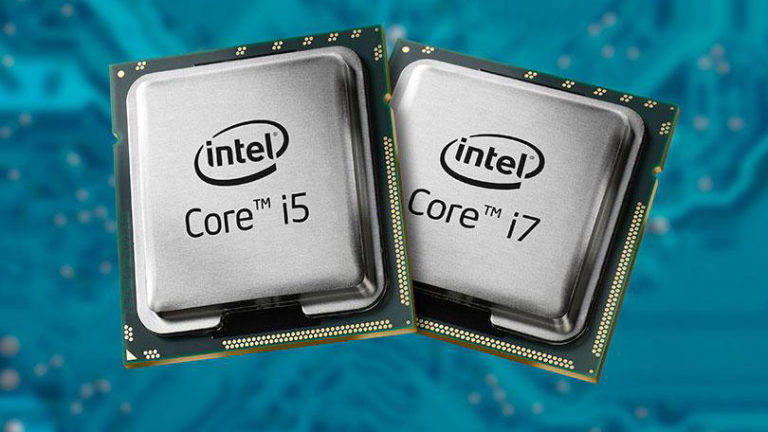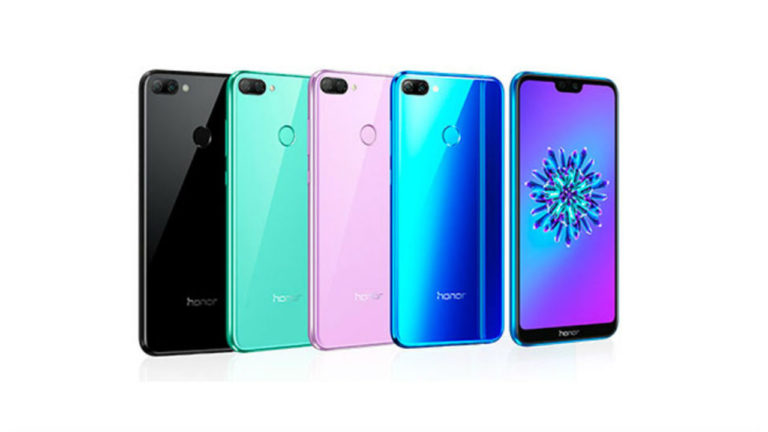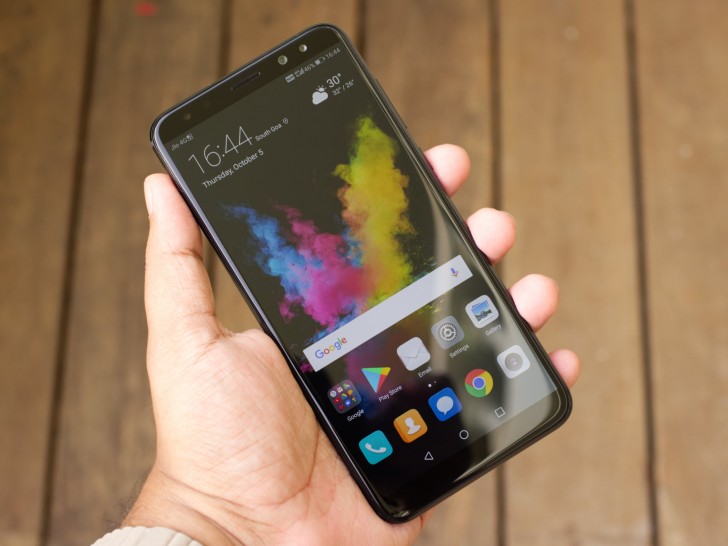The Arteon is a new name in the Volkswagen range, and – in an indirect way – a replacement for the old Passat CC. Based loosely on the Passat saloon, the Arteon is the sort of car you might buy if you fancy a slightly bigger and better value alternative to a BMW 3-Series or Audi A4. Or if a Ford Mondeo or Vauxhall Insignia isn’t quite posh enough for you.
Volkswagen’s hope is that by endowing the Arteon with a distinct look – it’s a so-called four-door coupe fastback body style – it will appeal to those desiring a little more premium feel and more style than the average saloon. It also hopes prospective buyers contemplating a BMW 4-Series Gran Coupe or an Audi A5 Sportback might be tempted.
What the Arteon lacks in badge appeal, it makes up for with a mix of striking looks, high levels of equipment, a wide choice of engines, and large amounts of space. And after spending a week with a you’ll-see-it-coming-a-mile-off turmeric yellow Arteon, the favourable comments suggest VW could be onto a winner. Here’s our take…
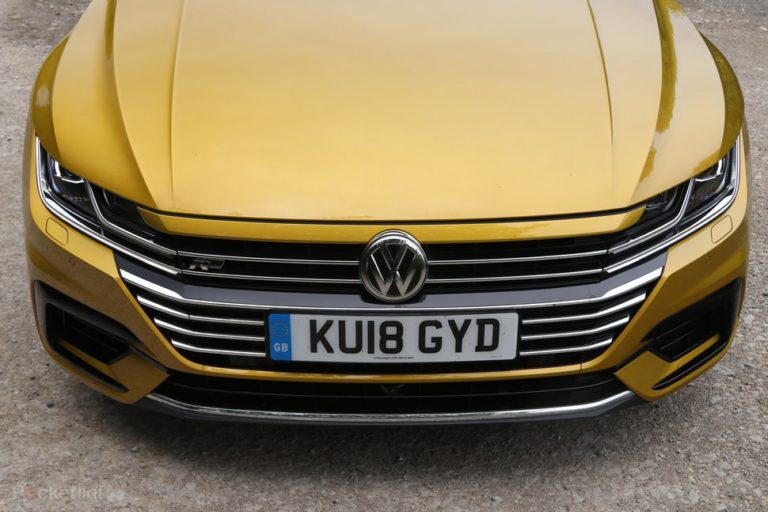
They see me rollin’
The Arteon is available in just two trim levels: the luxury-orientated Elegance model, or the sporty R-Line trim (as reviewed).
On 19-inch, modern-style alloys and in that (£595 optional) yellow paint, the Arteon sure does grab attention. It looks elegant and sporty, the slightly fussier metal surfacing and detail is a change from Volkswagen’s tradition, but it works better on a car of this size than, say, a VW Polo.
The front-end is overkill, though, as there’s too much horizontal chrome that makes it feel try-hard and aggressive – but you can’t deny that the integrated grille and lamp design is striking.
Props to Volkswagen for making the car this striking as standard, too. Nothing you see on the exterior of our Arteon is optional dress-up, beyond that yellow paint.
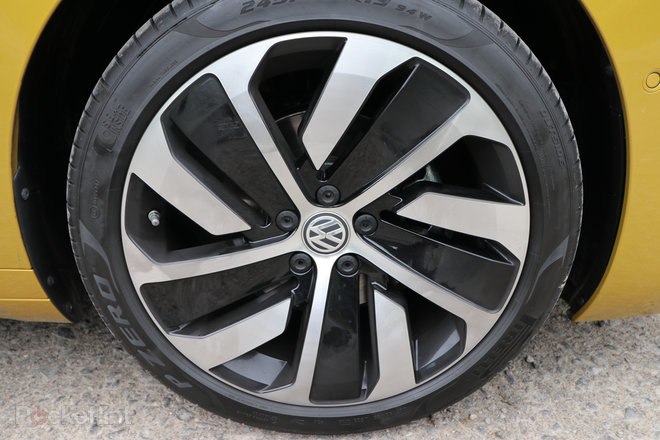
Passat plus?
It’s easy to question why you’d buy a car like the Arteon over a Passat. The latter we already know to be very good, plus the two cars are basically the same underneath anyway. The most obvious answer is the Arteon’s style, but a less shouty benefit of the Arteon is the amount of space.
At over 4.8m, the Arteon is long, yet with its arcing, low roofline you could be forgiven for thinking it’ll be cramped inside. In fact, it feels vast – particularly in the back, where even six-foot adults have space to stretch out without brushing their heads against the roof.
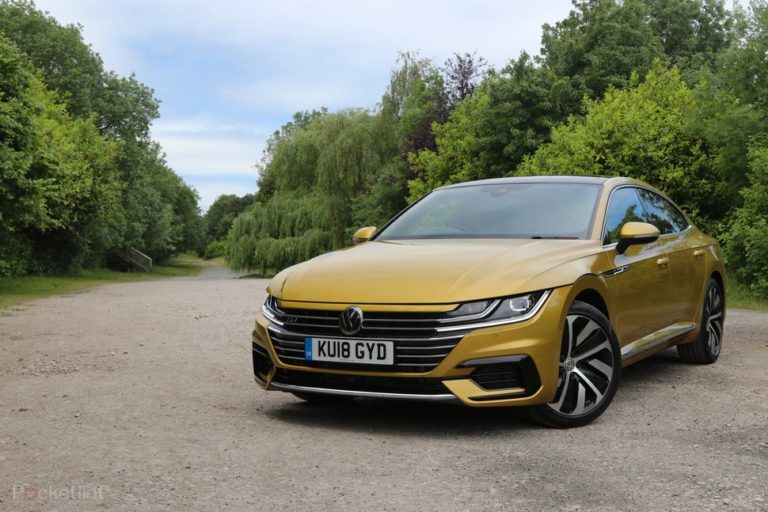
This is true even with the optional panoramic roof (£935) that was fitted to our car, a feature notorious for stealing headroom. The boot (at 563 litres with the seats up) is bigger than most mid-sized SUVs, and you get a full size spare wheel under the floor as an unusual bonus. The boot is so deep that it swallowed our stroller buggy long-ways, which very few cars can manage.
The Arteon dashboard is little different to the regular Passat, too. However, on R-Line spec you get high-quality leather trim and Volkswagen’s Active Info Display digital cluster display as standard, which lifts the ambience. Every time you open the Arteon’s doors, you’re reminded you are in something more special than a saloon because the windows are frameless. It feels like a business class setup compared to a Passat’s premium economy, and for the few grand extra you’ll pay for an Arteon over a Passat the appointments feel more than acceptable.
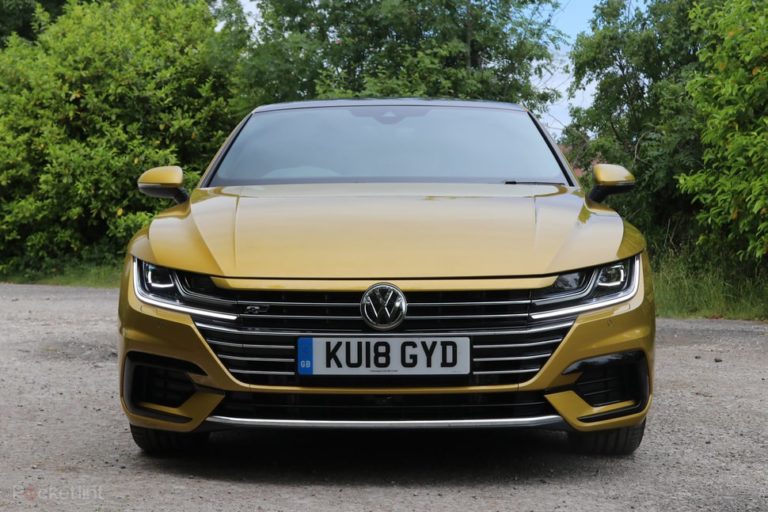
A driving surprise
We’ve driven several cars from the Volkswagen range, all of which have similar driving qualities. Volkswagens aren’t the last word in fun, but tend to be good to drive: polished, refined, easy, marked out by strong refinement. Volkswagen’s engineers do their testing on (appallingly broken) British roads, and it shows in the ride quality.
So we were surprised to find that the Arteon is different. It’s the first Volkswagen we’ve driven for a long time that – despite (or maybe because of) being fitted with the dynamic chassis control set up (an £820 option, which allows the damper rates to be varied) – it doesn’t ride so well.
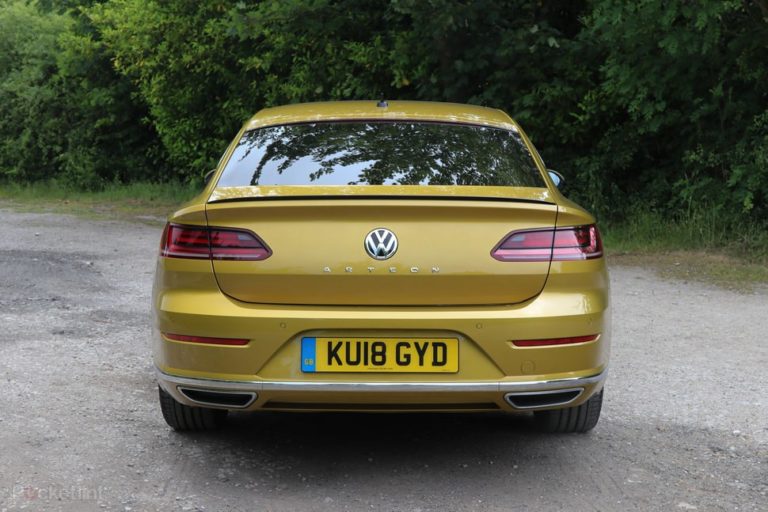
In the normal and sport setting, the Arteon crashes around, constantly fidgeting over broken Tarmac and then inducing the occasional wince after banging into a pothole. In comfort mode (and in individual settings having set the dampers to their softest position) the Arteon delivers acceptable comfort, but then the body floats and wallows in a way that made some of our passengers feel sick and made cornering feel more like piloting a boat than driving a car.
The ride doesn’t completely ruin the experience though. Many cars we drive have a ride that’s too hard for Britain’s broken roads, but it did surprise us in this guise, because VW usually gets these things right. We’re not sure how much the wheel selection had to do with it – as big alloys tend to add to ride firmness – but the wheels shown are standard on R-Line spec Arteons. Therefore, a big question hangs over the optional Dynamic Chassis setup: maybe if you don’t tick that option box you’ll get a preferable system for the UK’s roads?
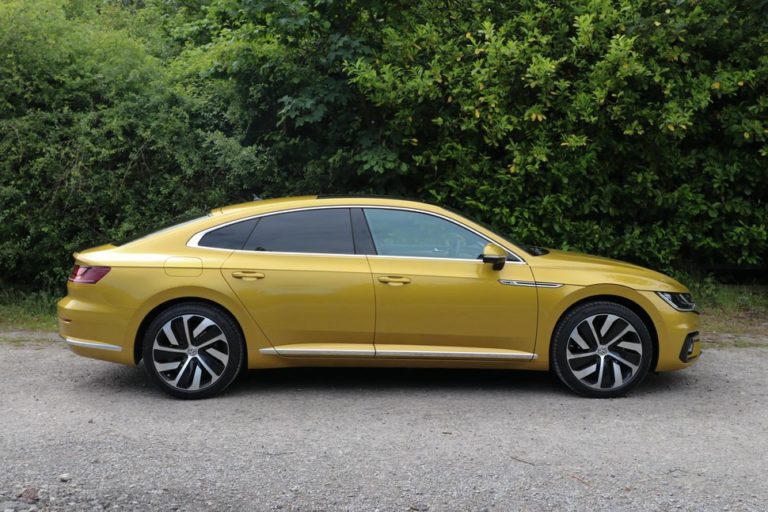
Typically Volkswagen
Elsewhere, the Arteon is typically Volkswagen, which means it’s nearly all good. It is brilliantly refined (helped no doubt by £535 optional acoustic, sound-absorbing glass). The 190hp, 2.0l petrol engine is refined, smooth and while not super-keen to rev out to 6000 rpm, it makes for brisk enough progress. There’s a 280hp option, too, or a 150 or 190hp diesel.
More impressively, the Arteon managed over 40mpg on the motorway and stayed in the 30s around town and rural roads. CO2 emissions of 135g/km might give company car buyers enough pause for thought on the need to go for diesel. For such a big car, the Arteon seems exceptionally frugal.
Steering and controls are well setup, and our car came with the 7-speed DSG automatic gearbox. Its changes are smooth and fast, and only when manoeuvring on gradients does it come slightly unstuck, occasionally allowing you to roll back – although that’s something that can be overcome if you use the auto hold button.

Ticking boxes
With only two grades on offer, standard equipment levels on the Arteon are high. Leather seats, 19-inch wheels and the gloss black/satin trim come as standard. There’s the usual array of airbags, DAB radio, sat nav system, USB ports and a three-zone air conditioning system. Higher-end kit such as heated seats (electrically adjusted on the driver’s side) and LED headlamps which read the road also feature.
All that’s just the start of the Arteon upping the game when it comes to connected tech. You get Apple CarPlay, Android Auto and Mirrorlink functionality as standard. Given this Arteon cost £33k before options, that’s impressive.
From an options perspective, we’ve already questioned the dynamic chassis system’s contribution and so we’d leave it off. The panoramic sun roof (£935) and acoustic glass (£535) are nice-to-haves, but expensive. Other things you may want to consider are the 360-degree aerial view and reverse camera (£765). Our car also had a pop-up head-up display (£495). We’d personally add the combined keyless entry and remote open/close boot system (£900), which you can activate by kicking a foot under the bumper.
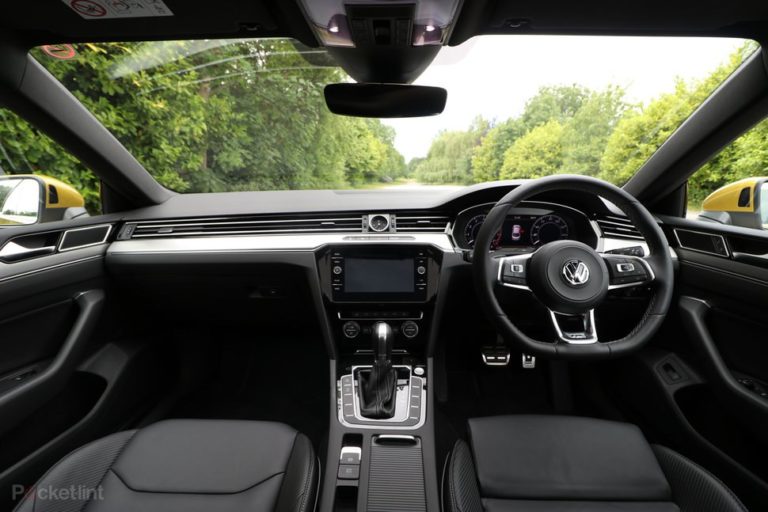
Smarter smarts
We’ve become familiar with VW’s 8-inch centre display system and 12.3-inch digital cluster display, which is standard on the Arteon too. The benefits of the digital display are mixed – there’s a vast amount of reconfigurability, but a dizzying amount of information on show.
It’s the connectivity and assist smarts that (mostly) impress. The navigation system, front camera monitor and radar, along with the cruise control are all linked. The Arteon can do things such as predictively swivel its lights to help you see around a corner. It can adjust its cruise set speed to adhere to the speed limit, should you wish. And when the cruise control is set, it will read the road ahead and slow the car slightly for a tighter motorway bend, just as you would as driver.
We thought there was something wrong with the stop-start system at first – but it turns out that front radar system also detects when the car in front of you moves off, and automatically fires the engine back up – so you’re never caught out waiting for it to restart.
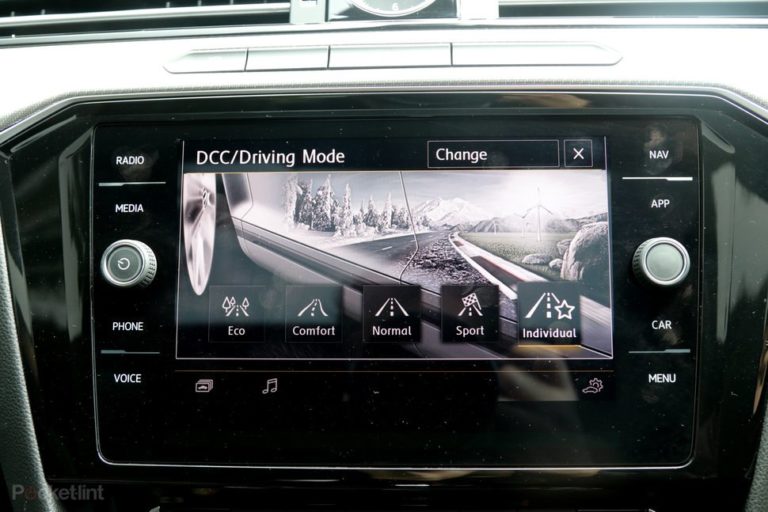
After 300 miles behind the wheel we were impressed by how well all this tech works. The assist systems mostly remain background, but that’s a good thing because it allows you to get on with driving, while not being overly burdened. It doesn’t nag or fight you, but occasionally intervenes, and you realise it’s saved you from an uncomfortable – and possibly dangerous – moment. It’s not always perfect though: occasionally when backing into a parking space the car would over-zealously slam on the brakes because an adjacent bush overhangs the area.
Added to all this, an optional (£525) driver detection system will steer the car to the side and stop it if it detects you’ve passed out, then call emergency services. Meanwhile front, rear and side assist systems will try their utmost to stop you wandering out of a lane, hitting the car in front or running a pedestrian down.
Faults? The wireless phone charging tray at the base of the console is intruded on by the USB port surround. It makes getting any phone larger than 5-inches, with a case on, impossible to sit flat on the wireless charger. Which means its useless. Given that’s nearly any modern smartphone, Volkswagen seemingly has had a bit of a facepalm moment here.
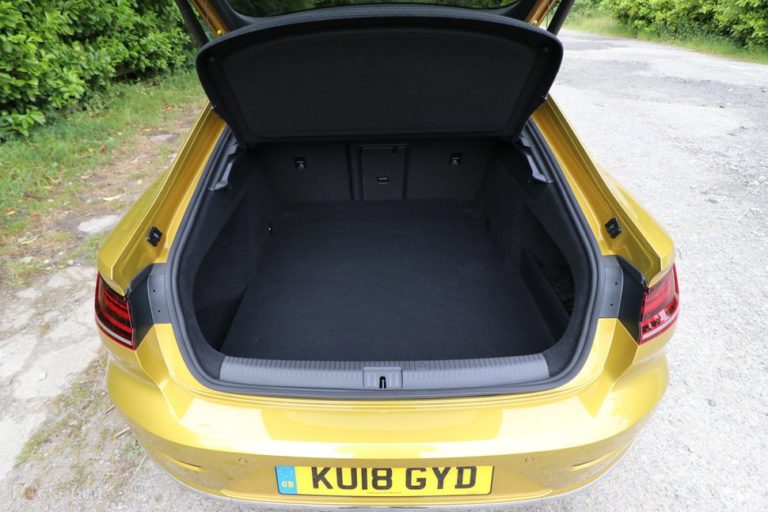
Verdict
The Arteon is a curious but likeable beast. The four-door coupe body style (which Mercedes introduced when it launched the first CLS) has clear appeal, making the Arteon so much more than a posh Passat.
While retaining the practical functionality of a four-door saloon car, the Arteon adds some much-needed pizzazz and visual appeal, yet somehow offers more space inside than an average SUV. You could actually have one as your family car.
Then there’s the abundant technology and equipment, which Volkswagen has taken to the next level in terms of its slickness of operation. Combined with a realistic asking price and good economy, the Arteon is a highly appealing prospect.
It’s only its strange ride and dynamic setup which knock this car back. But if you can cope with that, then this big and super-stylised Volkswagen makes a very tempting alternative to a BMW 4-Series or Audi A5 Sportback. Especially in turmeric yellow.
Also consider
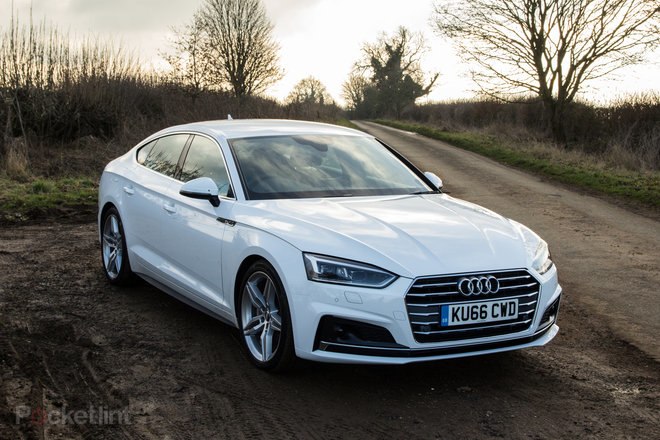
Audi A5 Sportback
The car that undoubtedly wears the right badge, and which has the edge over its competition for interior design and quality. The A5 Sportback is likeable and techy – but it’s not quite the looker it once was, there’s less space inside than the VW, and much of the clever stuff you’ll need to pay extra to have.

Kia Stinger
The Stinger plays a similar game to the Arteon: it’s big, good looking, well equipped and good value. If you can live with a Kia badge, it holds similar appeal to the Arteon in many ways – you lose out slightly in tech integration, but it’s more fun to drive and has a better ride.
(pocket-lint.com, https://goo.gl/qBEk8f)


